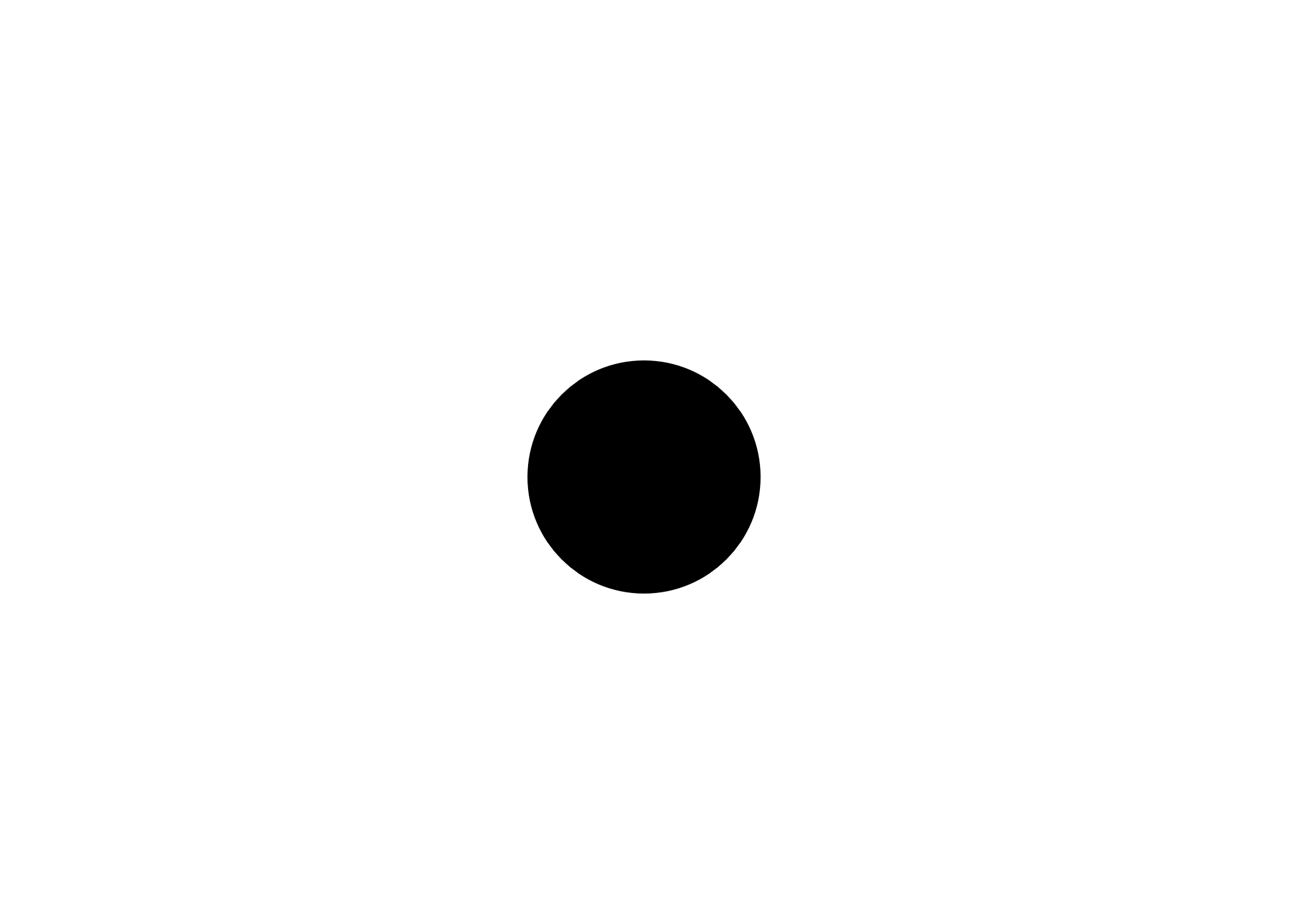
Our bees...
...and the erleak point.
There is a romantic vision of bees and romances are not easily explained, you have to feel them. Our idyll is manifested through the point, the image that we register when a bee flutters in the sky. The erleak point is present in everything we do: in our logo, in our packaging and On our website; because at erleak, " bees " in Basque, we want to make their sometimes invisible work visible.
Our bees and pollination
They play a fundamental role
Bees do something essential for plant diversity and ecosystem maintenance: pollination. About 75% of the planet's crops depend, at least in part, on pollination and bees top the list of pollinating agents. As ambassadors of this function, the quality and quantity of fruits, vegetables, and nuts would be diminished without them. Thus, for example, a strawberry of 37 grams would become a waste strawberry of just 9 grams.






